The best cellulite treatment? Learning they do not work and not to care, says our Beauty Editor
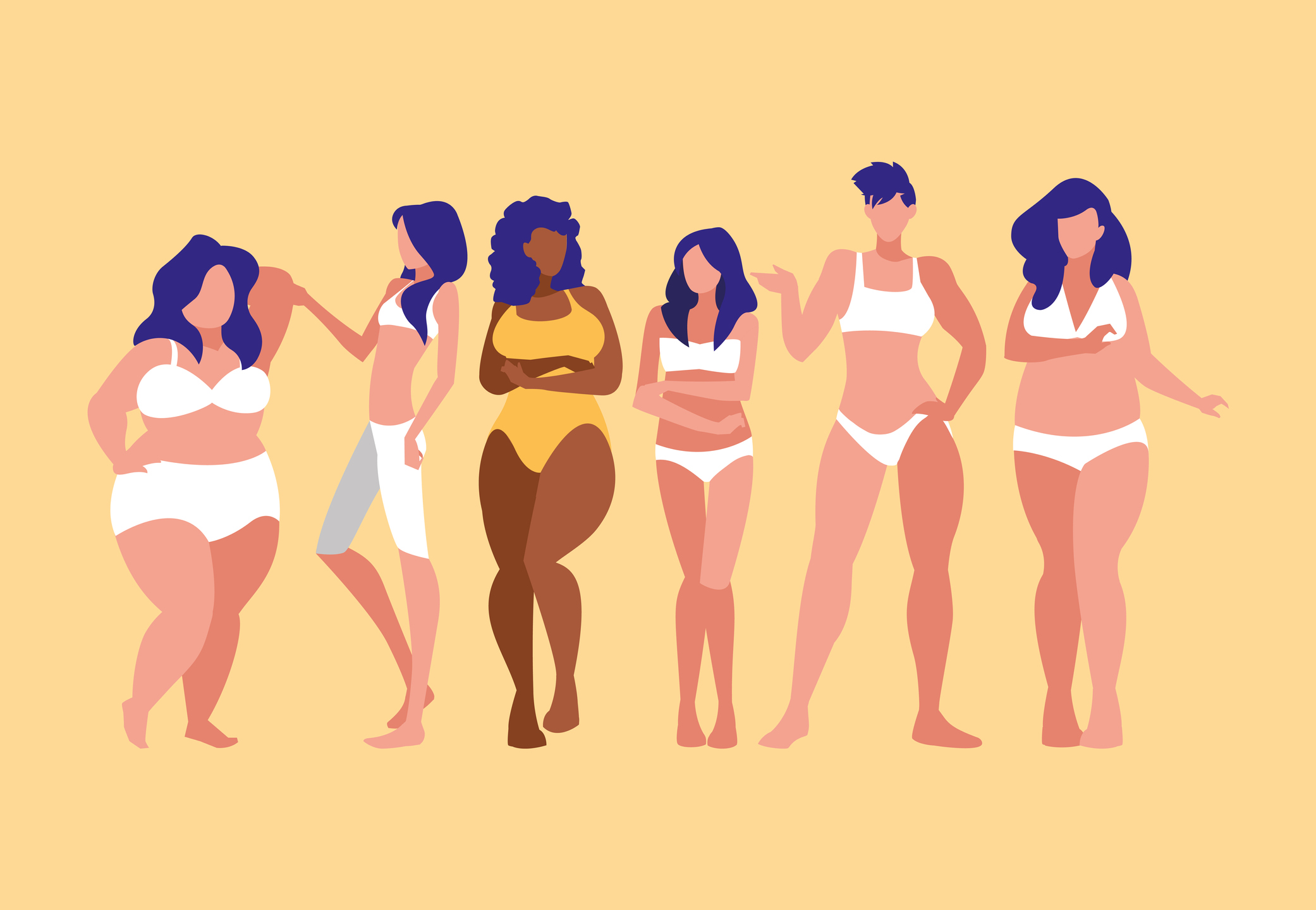
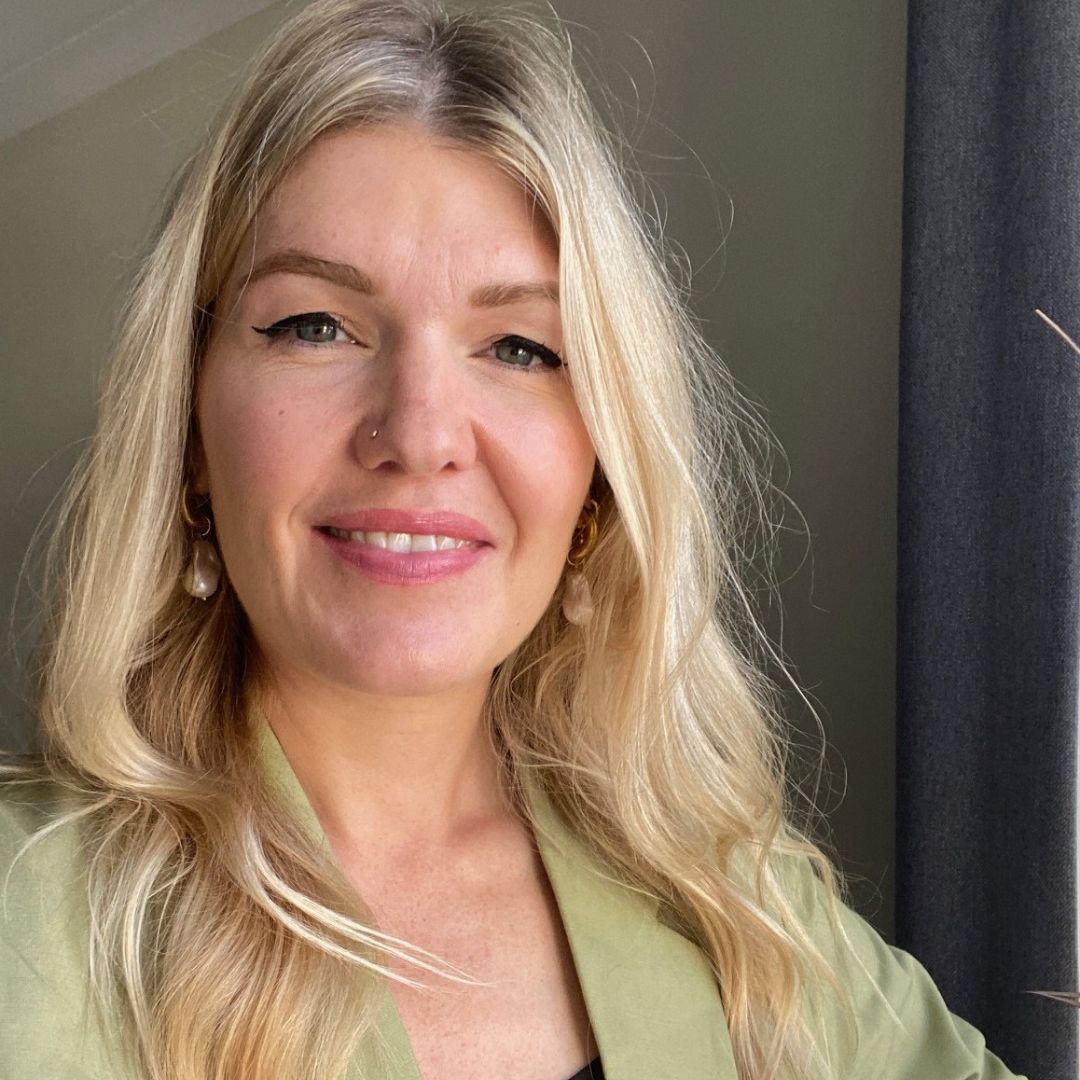
Cellulite treatment, where do we start? Seeing as there’s no crevice of the beauty industry quite so crammed full of weapons-grade codswallop as the products and services designed to ‘cure’ cellulite, let’s dive right in with some hard facts.
Between 80% and 90% of women who’ve passed puberty have cellulite, according to a 2015 study published in the American Journal of Dermatology. The same study, titled Cellulite: An Evidence-Based Review, analysed 67 previously published in vivo cellulite treatment trials (in vivo means tested on a living being as opposed to a petri dish)
The trials they analysed involved an exhaustive lost of cellulite treatments including topical creams, lasers, manual and mechanical massage, compression stockings, LED and radiofrequency. Every aspect of these studies came under meticulous scrutiny, from whether the experiments were were placebo controlled to the results reported and level of evidence. Can you guess what they found? Yep the brilliantly simple and damning conclusion reads, ‘No clear evidence of good efficacy could be identified in any of the evaluated cellulite treatments.’
No cellulite treatment works. Not a single one.
This probably isn’t news to you. Deep down we all know that rubbing a bit of cream into our thighs or having an unscrupulous doctor zap us with sound waves isn’t going to make cellulite magically disappear. We’ve all seen those (rank, and happily increasingly rare) pictures of celebrities on the beach with a big red ring around their bum dimples in case we hadn’t noticed. Honestly, if ultra slim, impossibly rich women whose actual job is to appear flawless haven’t been successful in their anti-cellulite efforts – and make no mistake there will have been efforts – there’s a very obvious explanation why: Nothing can be done.
What is cellulite?
Obviously, I didn’t kick off with those hard truths to make anyone despair over their insurmountable skin “condition”. Actually there’s a very liberating reason that fighting cellulite is futile: It is not an ailment to be cured. It is normal, healthy flesh that has a different appearance to some other flesh in the same way that the skin on the back of your hand doesn’t look like the inside of your elbow, or your eyelids or the soles of your feet.
Those dimples are just an arrangement of connective tissue and fat under the skin, not excess fat I would add, just the fat we all have. In women this fat and tissue sits in a particular pattern that is more likely to show on the skin’s surface so we tend to have more dimples than men do. Old, young, slim, fat, gym bunny or couch potato. Chances are, there’s probably a bit of cellulite on your body and it’s doing you no harm whatsoever.
Sign up for the woman&home newsletter
Sign up to our free daily email for the latest royal and entertainment news, interesting opinion, expert advice on styling and beauty trends, and no-nonsense guides to the health and wellness questions you want answered.

Considering this, it follows to have a little think about why we are all so worried about this ordinary flesh that ‘How to get rid of cellulite?’ is currently the third most searched skincare question on Google.
I have thoughts. For one thing despite a total lack of evidence in their favour, beauty products consistently claim in nebulous therefore law abiding language to be able to tackle cellulite. Here are just a few examples from my work inbox: An £85 cream promising a 31% reduction of the volume of cellulite dimples, a collagen drink (£230 for 60 days supply) that claims to detoxify from the inside out and ‘support a reduction in the appearance of cellulite’ and a shudder-inducing £4k+ apparently ‘minimally invasive’ treatment that burrows a scalpel under the skin and severs the fibrous bands that pull it into its dimpled state.
This isn’t an attempt to name and shame specific brands, because god knows the beauty industry isn’t shy of peddling snake oil for all manner of ‘imperfections’ cooked up by salesman in suits. But this does seem particularly silly: Solutions that don’t work to a problem that’s not actually a problem. We’re intelligent enough to know better, yet these cellulite treatments exist because there is a market that allows them to and has done for decades, which brings me onto my next thought on why this whole business bothers us so much; Collective hypnotism.
So why do we dislike our cellulite so much?
In very broad brush strokes, women are repeatedly told from a young age to concentrate extremely hard on our physical appearance, dislike various things based on the fashionable body type of the era then spend limitless amounts of time, energy and cash ‘fixing’ ourselves with things like cellulite treatment. The same thing happened with our body hair, and our aversion to the hairy bikini line. It’s hypnotism: Say something enough times, people will start to believe it. And seeing as dimply hips haven’t been visibly in fashion since the Italian Renaissance, the message that cellulite is not acceptable has been delivered so relentlessly from a whole firing squad of sources (films, adverts, press, products, supplements, active wear, doctors, women, men, ourselves) that many of us have sponged that message in and held it, bone-deep, as fact.
Actually, it’s a bit of a misnomer to say cellulite was ‘fashionable’ back when Correggio painted Danaë in all her wobbly glory. The truth is, it wasn’t actually anything then because it wasn’t seen as its own separate entity, just a normal part beautiful flesh. So how did we get to the point where, nearly 500 years later, we are less clued up about cellulite than a society that was still burning alleged witches at the stake?
A brief history of cellulite as a ‘problem’
Cellulite’s widespread notoriety can traced back to a few high profile happenings from the 1930s onwards. Before this, the word had floated around in French medical journals, with a confusing variety of definitions including “inflammation of cellular or laminous tissue” and “grains and nodules under the skin” as detailed in Professor Rossella Ghigi’s excellent thesis on cellulite; The Female Body Between Science and Guilt (well worth a read here if you’re interested, have your browser translate it for you)
According to Ghigi, a 1933 women’s journal named Your Beauty first shone the light on cellulite as a problem outwith the medical community, in an article where one Dr Debec claimed it was a “ heap of water, residues, toxins, fat, which form a mixture against which one is rather badly armed.”
Yikes. A flurry of readers were immediately compelled to write in to the magazine, all of whom has just realised they were suffering from this newfound condition and were desperately seeking a cure or cellulite treatment. Other publications followed suit, offering similar sage advice on cellulite as well as treatment suggestions including iodized soap, massage rollers and pinpointing sedentary lifestyles and a body “engorged” with excess fat as the cause for this terrible affliction. Sound familiar?
Things pretty much escalated from there as the decades rolled on. More articles, more ads, more misinformation then more products, treatments and cures. Not forgetting more fear of cellulite itself and moral judgement being placed on women who have it and choose not to try and treat it. Interesting stuff, isn’t it? I could go on but I’m sure you get the point.
Cellulite is not a condition or a problem and we don’t suffer from it!
It doesn’t even exist as a separate thing to your thighs, hips or bottom and is as much a part of being a human woman as breasts or that one weirdly dark and wiry hair that sprouts out of your chin intermittently.
The only way to beat it is not to care too much about it, which armed with all of this information should hopefully be a bit easier to achieve.
How to find body confidence
There is no denying that body confidence is a windy old maze. It’s a very rare and impressive woman who doesn’t suffer some psychological hangover from all that training we’ve been given to poke holes in our physique, and I’m certainly not immune. Putting my Beauty Editor cap back on, I would suggest that If you really want to feel good about your thighs, take the money you would have thrown into the snarling black hole called cellulite treatments and spend it on some lovely, mood-boosting, softening and smoothing products instead.
Oh, and a great fake tan – which sits within its own questionable context but hey at least the stuff really works.
Brilliant beauty products for fabulous thighs
Beautypie Soul Provider Dry Oil Body Scrub, £10.75
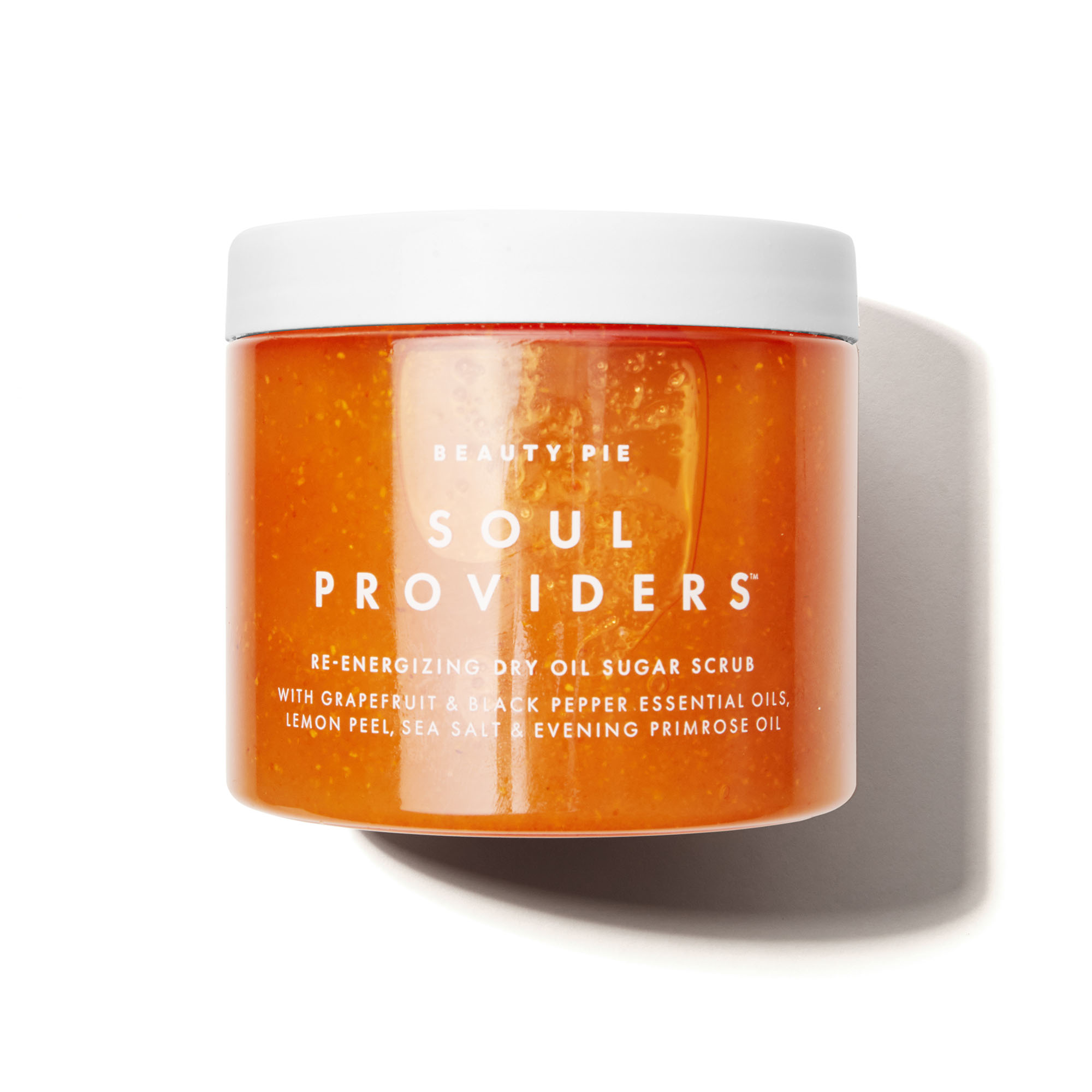
Just taking the time to do something nice for your limbs will make you love them more regardless of natural shape or size - a bit like tending to a neglected garden. This is gloriously uplifting with essential oils of lemongrass and grapefruit, plus grainy sugar exfoliants and dead-skin nibbling enzymes from lemon peel. It softens, smoothes and leaves a sexy sheen on skin.
Olverum Dry Body Oil, £36
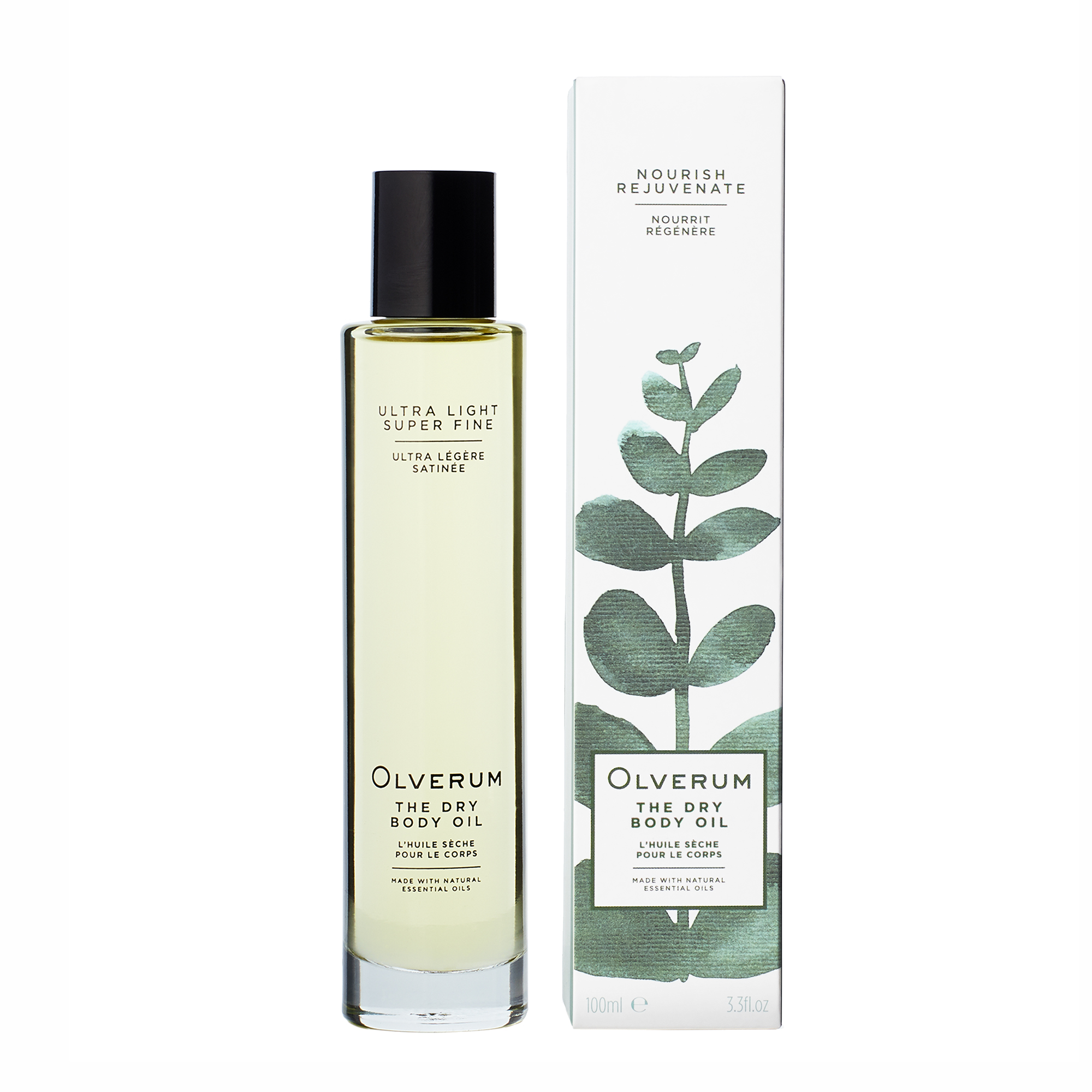
SHOP NOW: Olverum The Dry Body Oil, £36, Feelunique.com
A super-fine mist that sinks in quickly so won’t make a mess of your robe or leave you hanging around to get dressed. This plumps skin up, makes it glow and leaves behind a lingering pine-y scent that’ll make you feel like you’ve been in a Nordic spa.
Tan Luxe Super Glow Body, £35
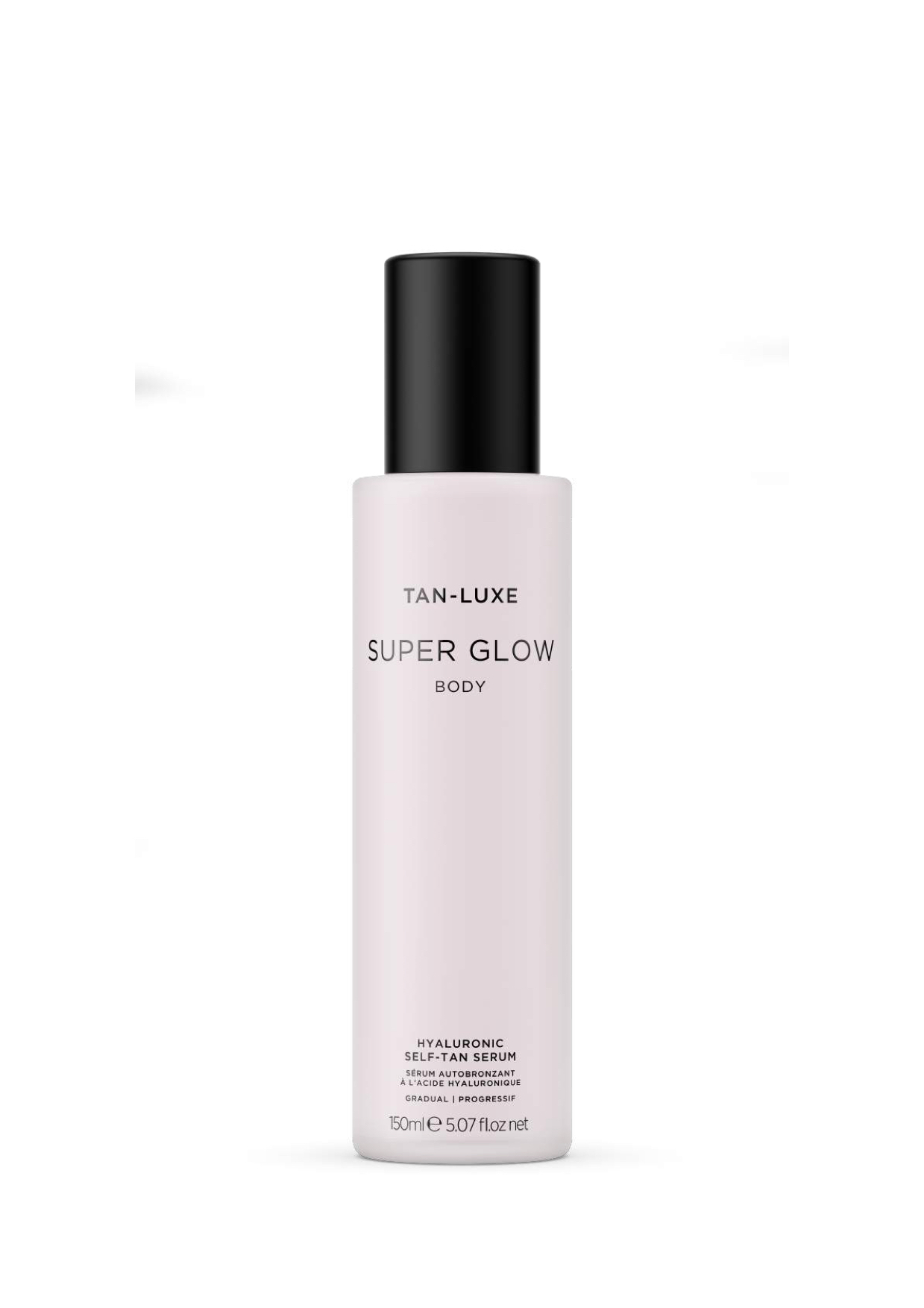
SHOP NOW: Tan Luxe Super Glow Body, £35, cultbeauty.com
A slippery unsticky body serum that plumps skin with hyaluronic acid and gives it the tiniest hint of a tan, which can be built up daily. If you’re nervous about tanning this is a great brand to start with as it was created by a Glaswegian. Take it from a fellow Scot – if you can tan Celtic skin beautifully and believably, you are on to a winner.

As woman&home's Beauty Channel Editor, Fiona Mckim loves to share her 15+ years of industry intel on womanandhome.com and Instagram (@fionamckim if you like hair experiments and cute shih-tzus). After interning at ELLE, Fiona joined woman&home as Assistant Beauty Editor in 2013 under industry legend Jo GB, who taught her to understand ingredients and take a cynical approach to marketing claims. She has since covered every corner of the industry, interviewing dermatologists and celebrities from Davina McCall to Dame Joan Collins, reporting backstage at London Fashion Week and judging the w&h Beauty Awards.
-
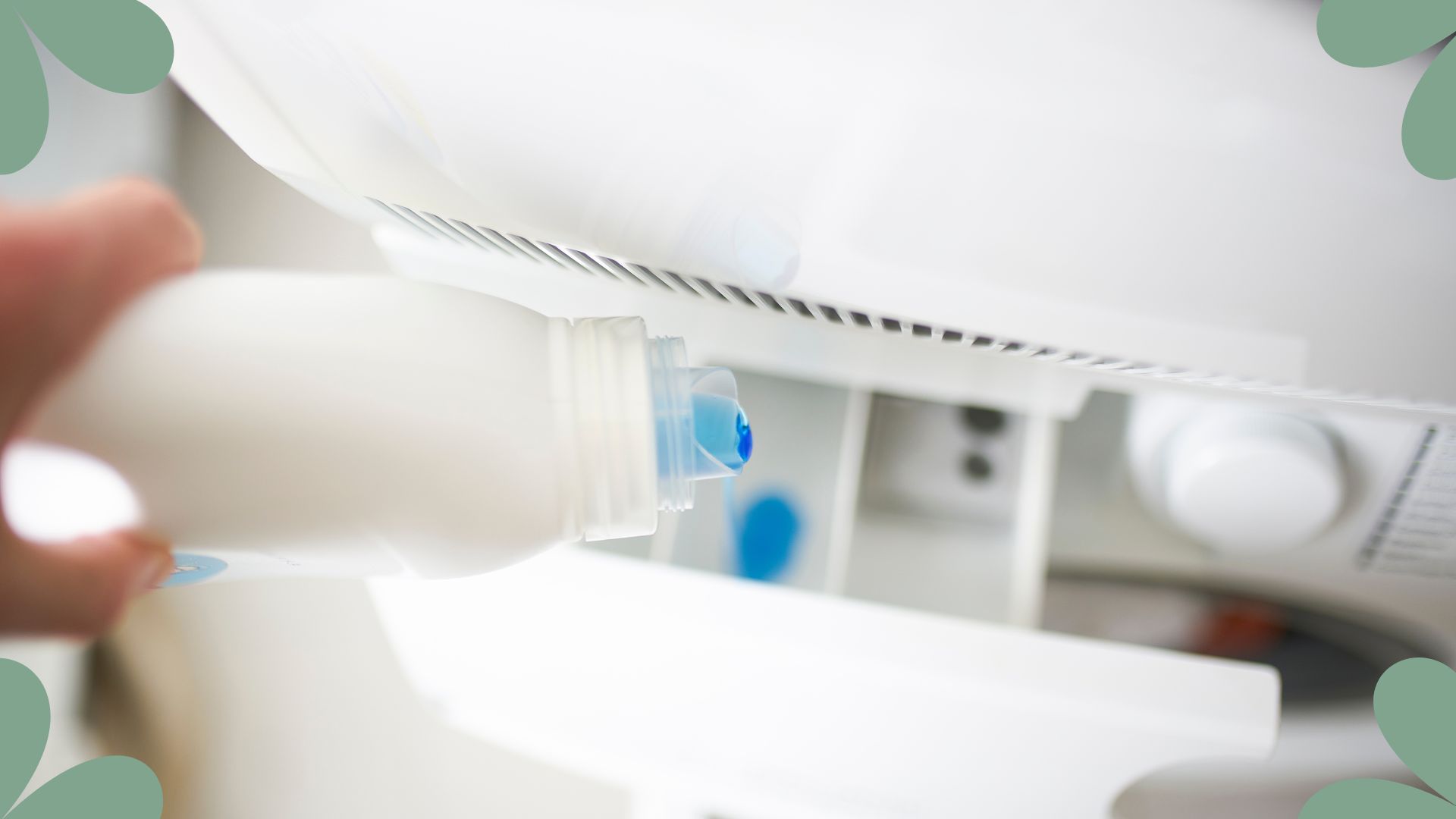 Lynsey Crombie reveals the surprising laundry mistake leaving your clothes smelling 'stale and nasty'
Lynsey Crombie reveals the surprising laundry mistake leaving your clothes smelling 'stale and nasty'Do your clothes smell unpleasant even after you've washed them? It could be your fabric conditioner
By Emily Smith Published
-
 Only have time to exercise at the weekend? Here's why that's no bad thing
Only have time to exercise at the weekend? Here's why that's no bad thingYou might think that you have to exercise multiple times a week to reap the benefits, but new studies on weekend exercise show that's far from the case
By Grace Walsh Published
-
 How to buy fragrance online when you can’t actually smell it
How to buy fragrance online when you can’t actually smell itReady for a new summer scent? Perfume experts explain how to buy fragrance online when testing it in person isn't an option
By Stephanie Maylor Last updated
-
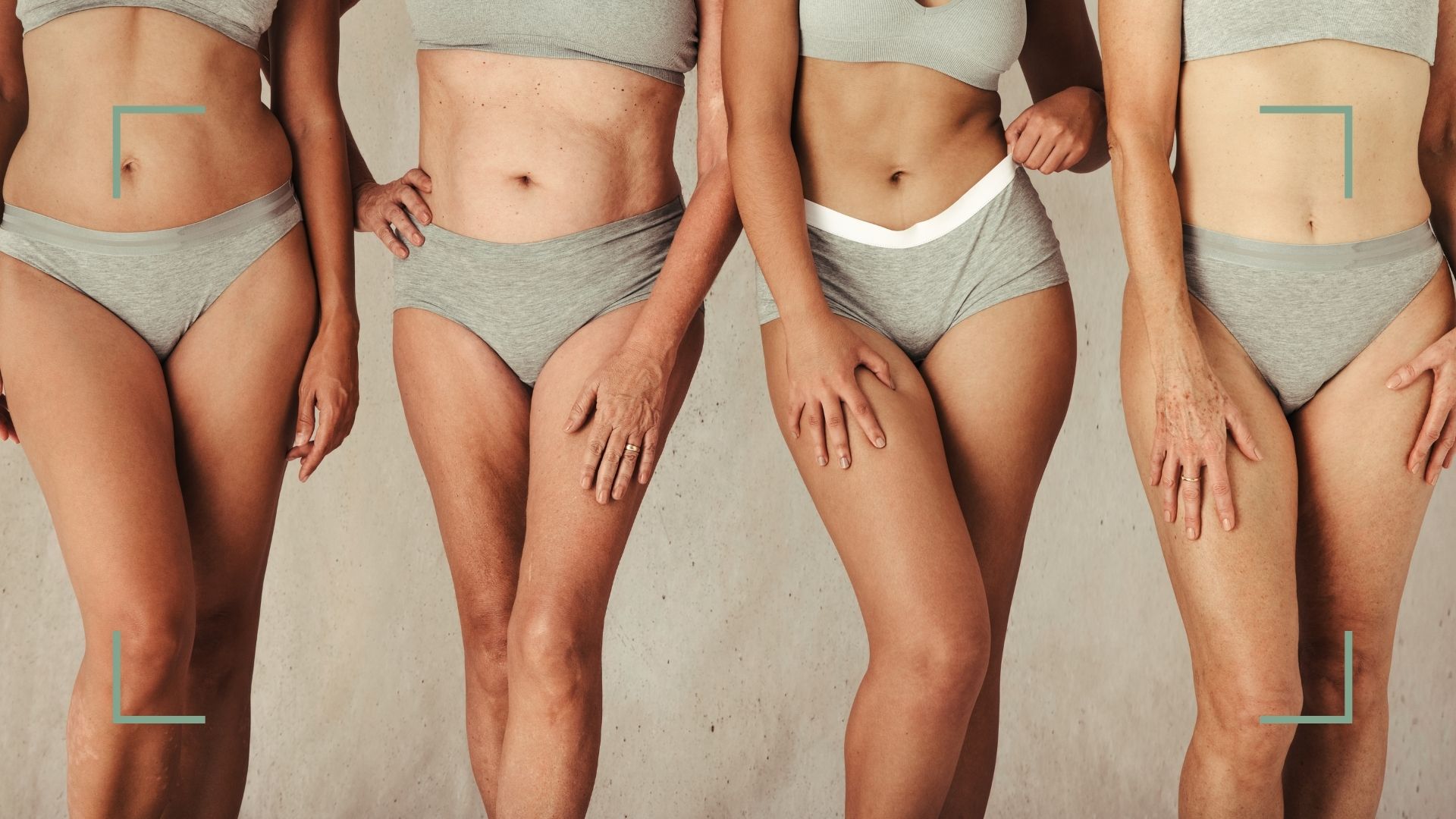 The hairy bikini line is good for you and women everywhere—let's embrace the full bush, says our beauty ed
The hairy bikini line is good for you and women everywhere—let's embrace the full bush, says our beauty edIt's time to rethink the hairy bikini line, says w&h beauty editor, with a brief history of the full bush, past and present
By Fiona McKim Published
-
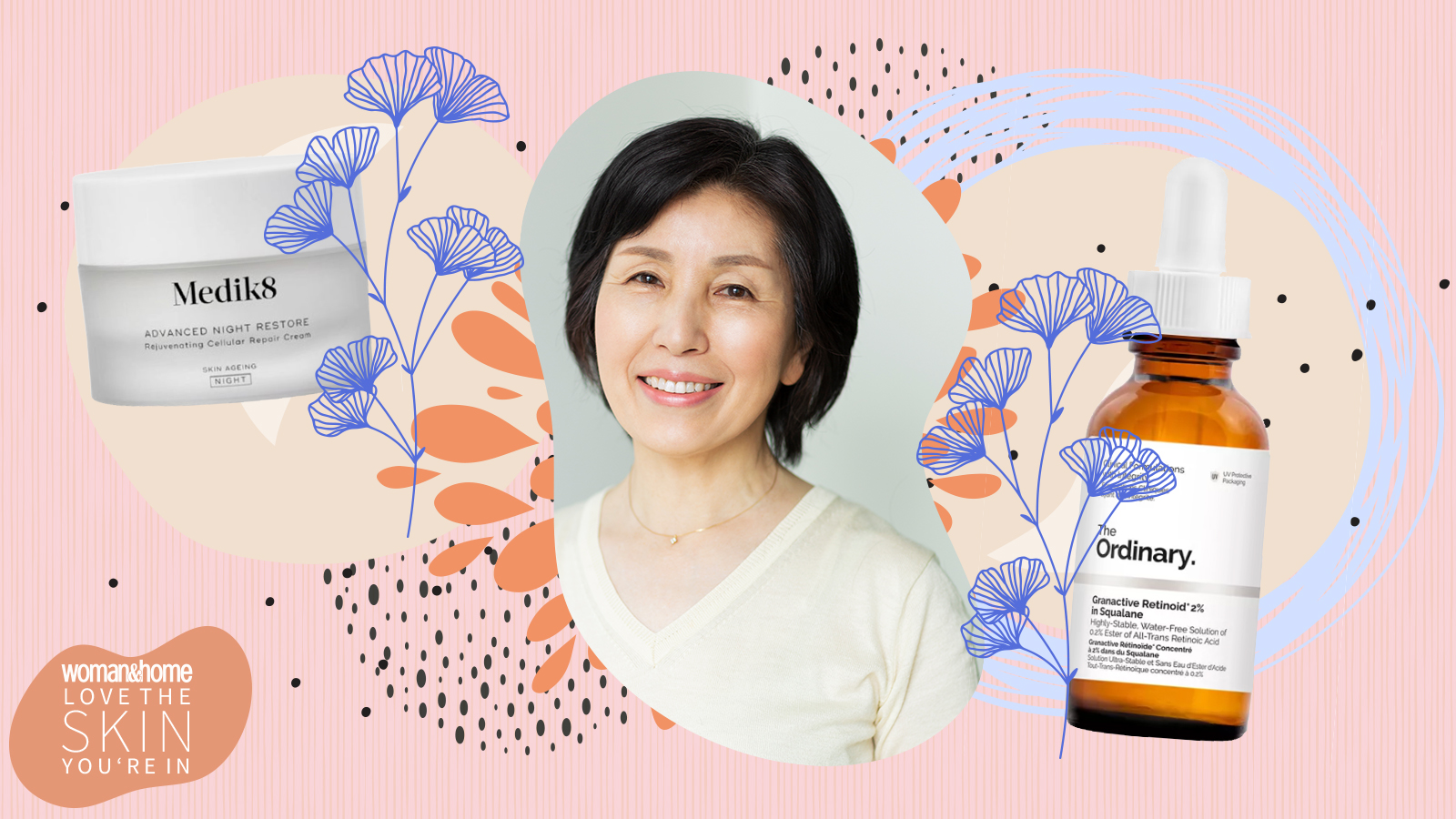 Here are the skincare ingredients that you should never mix together
Here are the skincare ingredients that you should never mix togetherFollow these golden rules and you won't go wrong.
By Fiona McKim Published
-
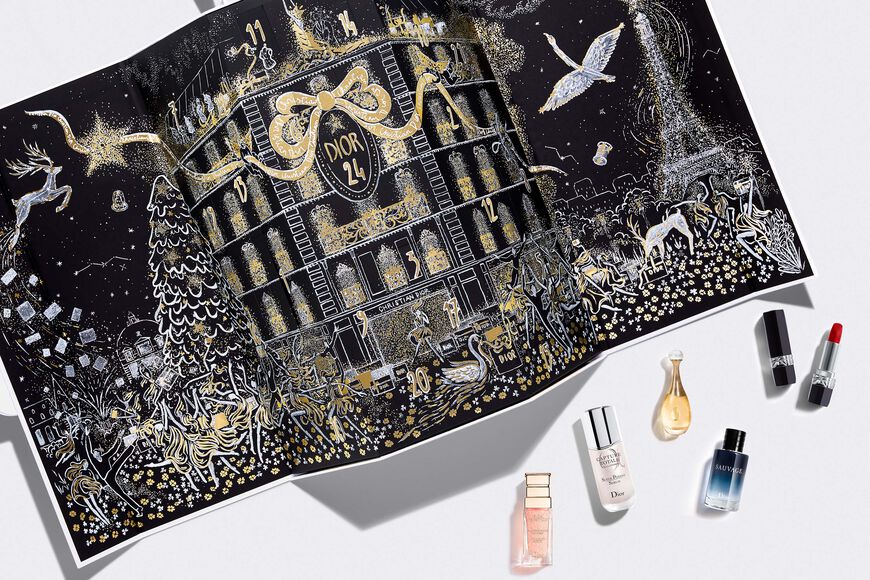 The Dior Advent Calendar 2020 is packed full of treats - here's what's inside
The Dior Advent Calendar 2020 is packed full of treats - here's what's insideWarning: reading this may negatively effect your bank balance.
By Emma Shacklock Published
-
 Squalane: The powerhouse skincare ingredient you could be missing from your routine
Squalane: The powerhouse skincare ingredient you could be missing from your routineBy Aleesha Badkar Published
-
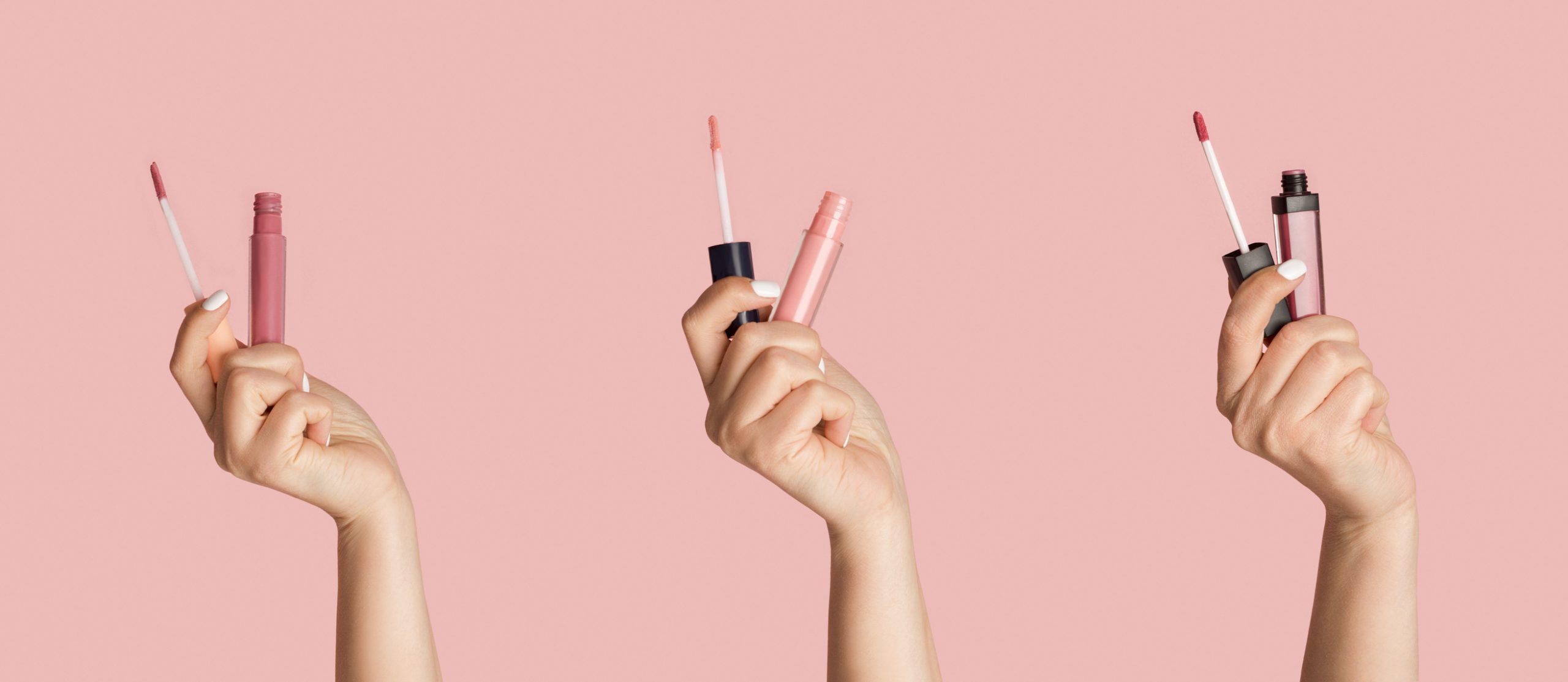 These nude lipsticks complement, moisturise and look natural on all skin tones
These nude lipsticks complement, moisturise and look natural on all skin tonesBy Fiona McKim Last updated
-
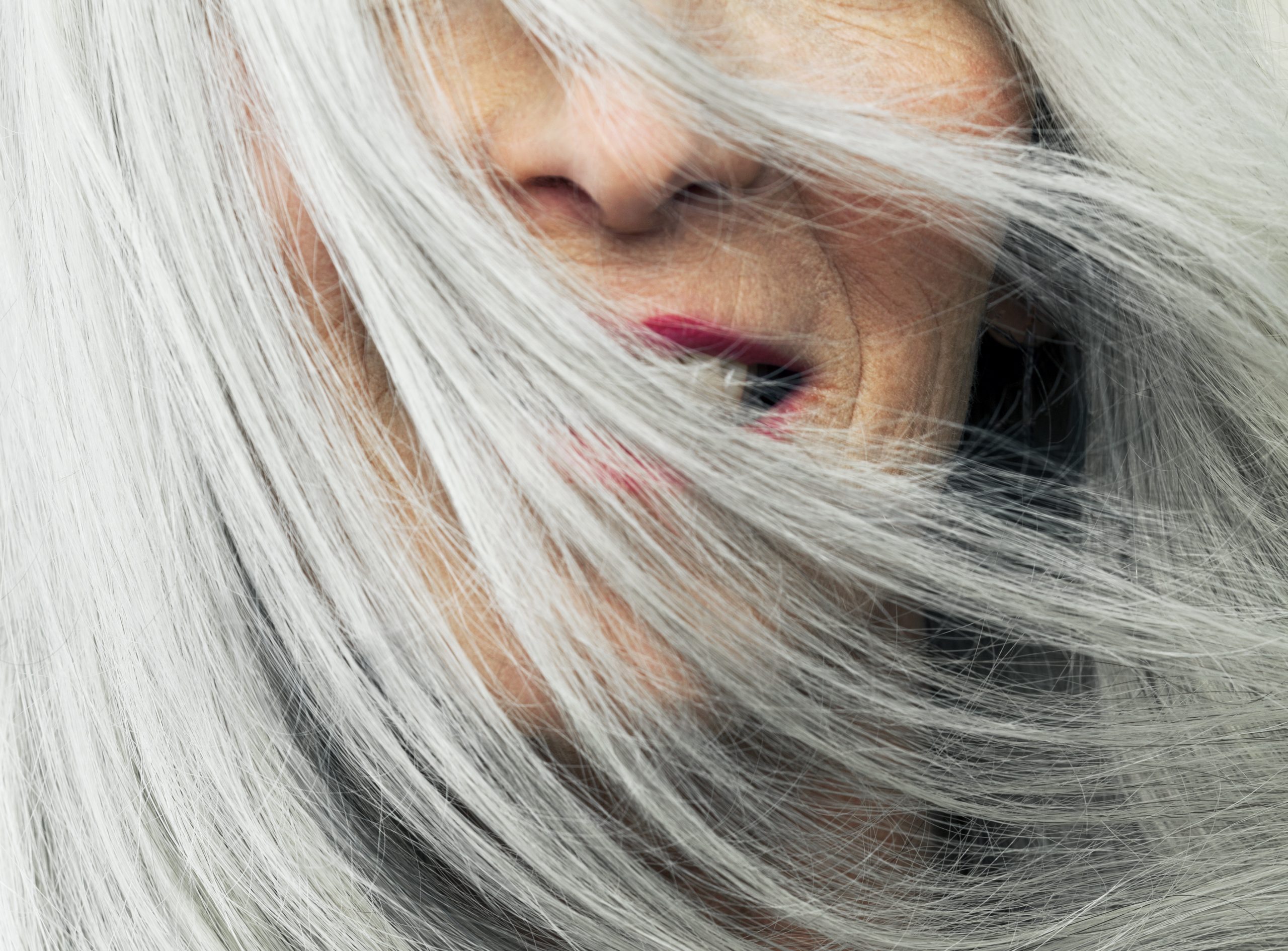 These 26 hair products have won a Woman & Home hair award this year
These 26 hair products have won a Woman & Home hair award this yearAnnouncing the winners for 2020!
By Jess Beech Published
-
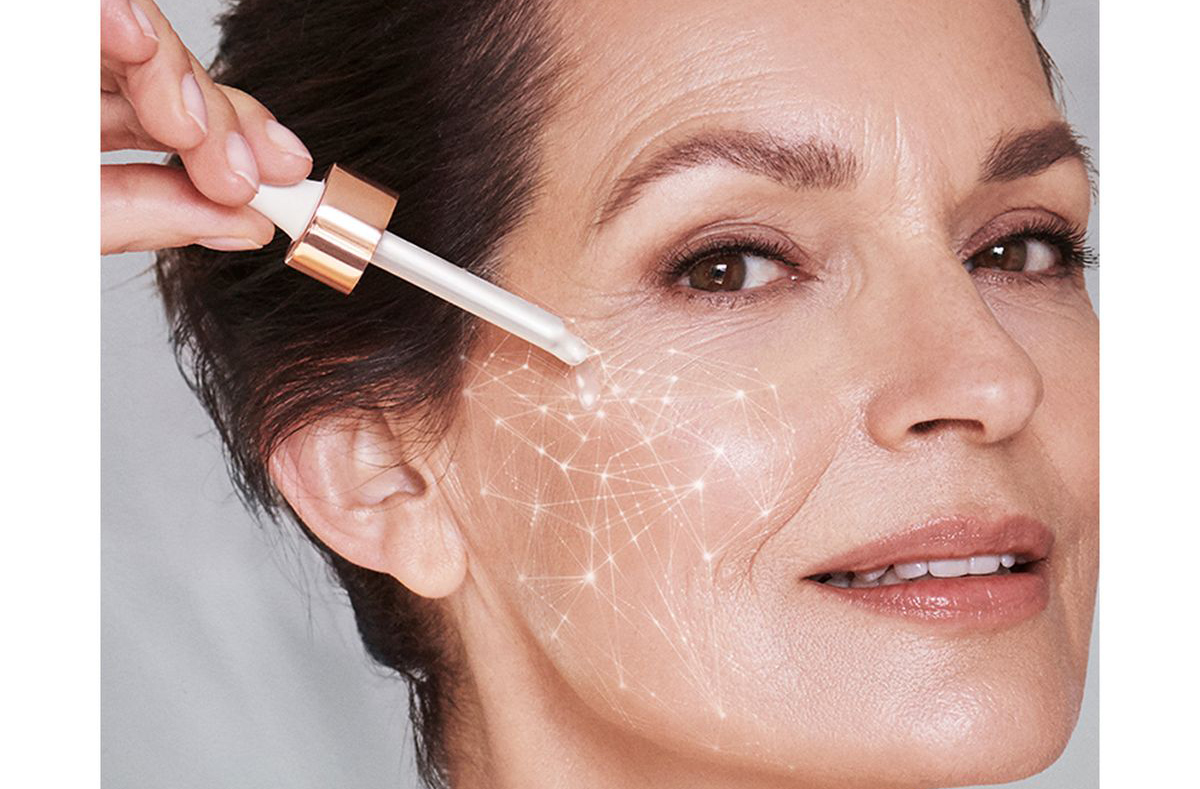 The new Charlotte Tilbury serum with a 8,000-person waitlist is finally available
The new Charlotte Tilbury serum with a 8,000-person waitlist is finally availableBy Mariana Cerqueira Published